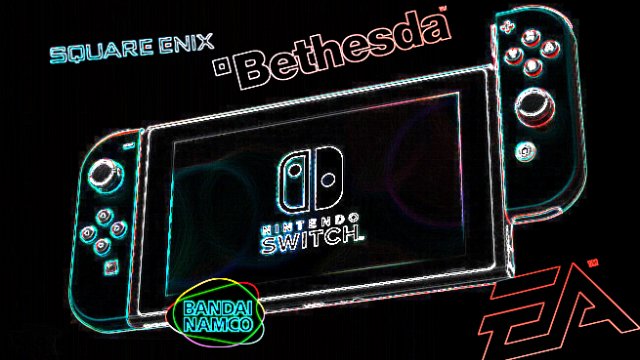Before the release of the Switch, third-party publishers had largely abandoned Nintendo. The Wii U was a big let down in sales, and the low install base did a lot to drive away big names like EA, Activision, and others. It’s a testament to Nintendo’s game-making prowess that they were able to keep interest in the Wii U afloat with primarily…

Atlas is an action-rpg with rogue-like elements where you use your ability to control the ground to fight the enemies and move through procedurally generated worlds.










